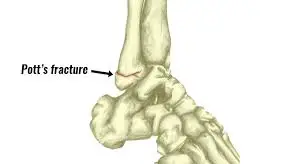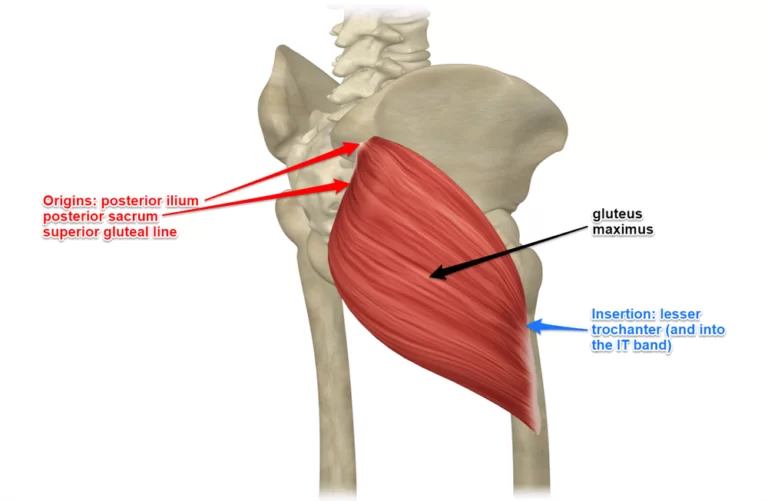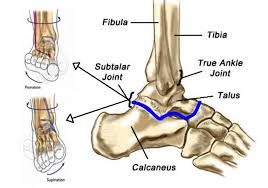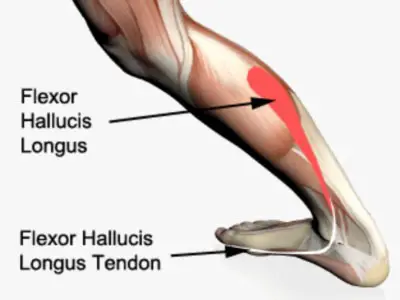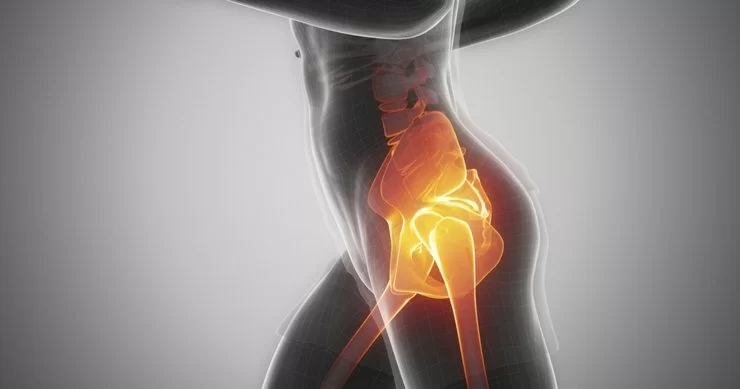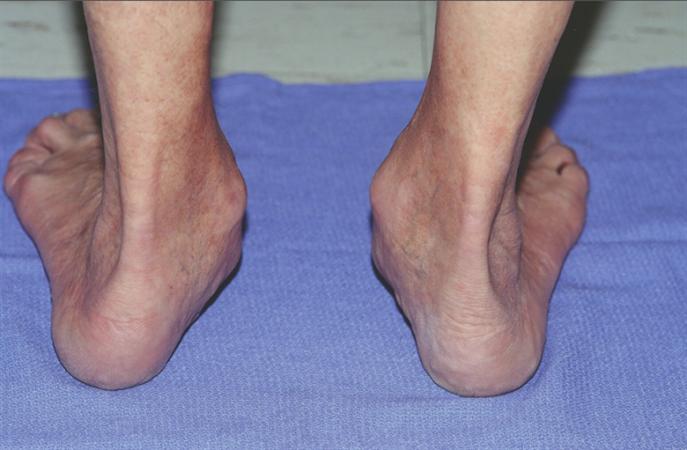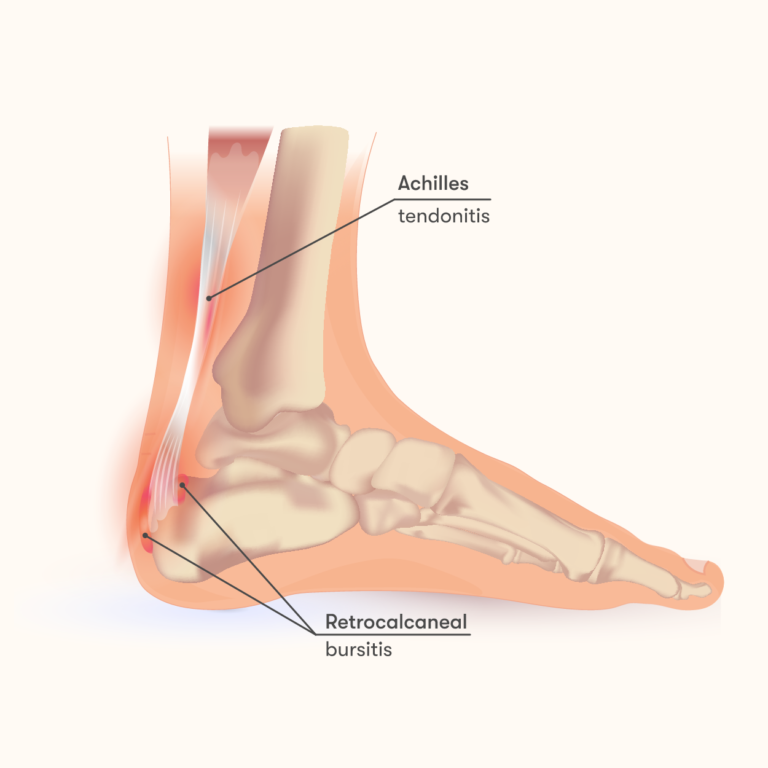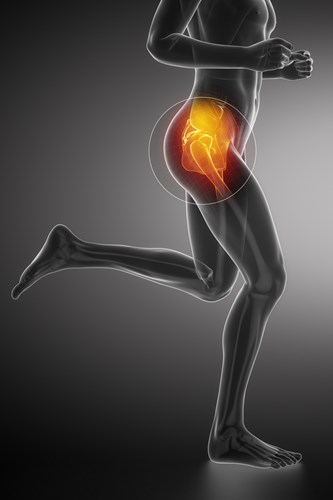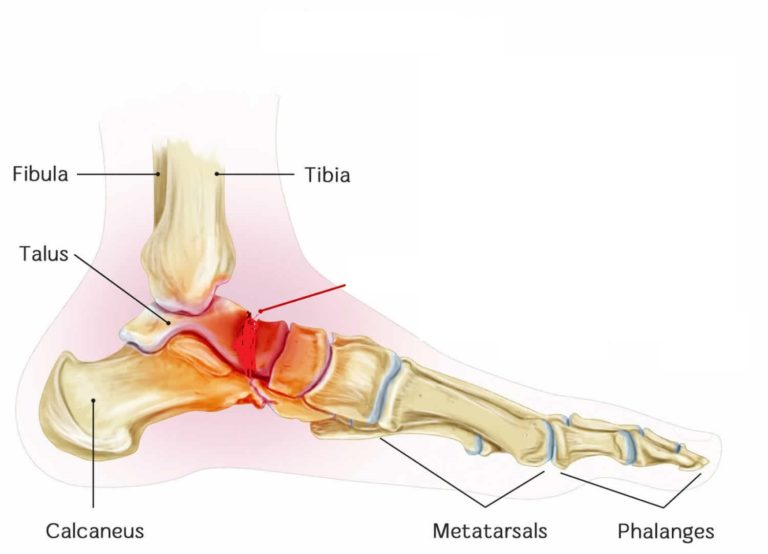Pott’s Fracture
Defination: a pott’s fracture is a type of ankle fracture that is characterized by a break in one or more bony prominences on the sides of the ankle known as the malleoli. also known as a broken ankle, ankle fracture, and malleoli fracture. pott’s fracture often occurs in combination with other injuries such as a…

